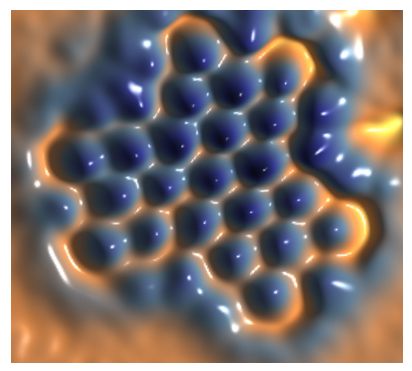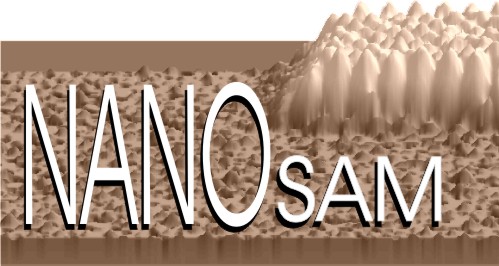
to transform a research profile of the Institute towards the most modern and technologically important topics of materials science;
to participate in sharing of a "know-how" experience and research results between leading European RTD Centres for nano-science and advanced materials, and the scientific community of Southern Poland (this includes so called "twinning activities" with such centres);
to increase opportunities for the Centre to act as a "training facility for trainers" in a framework of co-operation with the research institutions from countries of Central and Eastern Europe;
to initiate and take part in existing networking relations in the NANOSAM field within Poland, as well as on European scale;
to acquire necessary experience in performing applied and technology oriented research in the environment of market economy;
to built the Centre capacity for better training of young undergraduate and graduate students, so that they will be able to compete on the European job market;
to built capacity of the Centre for further developments in the most modern directions of materials science and technology along the priorities of the V-th and the coming VI-th EC Framework Programs.
Historical background
NANOSAM has been initiated as a competence centre within a structure of the Marian Smoluchowski Institute of Physics which belongs to the Jagiellonian University in Krakow, the oldest educational and research institution in Central and Ea stern Europe. "Alma Mater Cracoviensis " was founded by King Casimir the Great in 1364 under the name of Krakow Academy. Due to its restoration in 1400 by benefactors from the royal Jagiello family it bears its name Jagiellonian University. The Faculty of Mathematics, Physics and Computer Science is one of 12 faculties represented at the University. It continues the distinguished traditions of natural sciences that originated in the Academy during the fifteenth century when the famous school of astronomy was created and Nicolas Copernicus enrolled as a student.
In the XVIIIth century a modern College of Physics and Astronomy with very progressive teaching program was established at the Jagiellonian University as a part of a new Reform Program of the Polish Education. The enhancement of the level of pure and e xperimental science led to the greatest achievement of that time, the first ever liquefaction of oxygen and nitrogen in 1883 by Karol Olszewski and Zygmunt Wroblewski, professors of the Jagiellonian University.
The Faculty of Mathematics, Physics, and Computer Science in its present form consists of 4 units: Institute of Mathematics, Institute of Physics, Institute of Computer Science, and Astronomical Observatory. Overall structure of the Institute of Physi cs consists of 35 laboratories and theoretical research groups directed by the Institute Director and supervised by the Institute Scientific Board. Approximately 1/3 of the Institute scientific staff is associated with the NANOSAM Centre. Apart from resea rch activities, the Institute carries out the full time educational programs for M.Sc. diploma in physics, and also starting from 2002 a program for M.Sc. in materials engineering. NANOSAM is going to play a very important role as a research support for t his new educational program in modern materials science. Furthermore, the Institute runs an internationally oriented Ph.D. program in which 106 students are participating in total. Approximately 50% of them are involved in research carried on by the membe r groups of the Centre.
